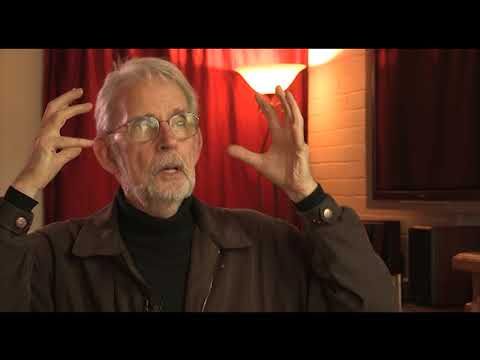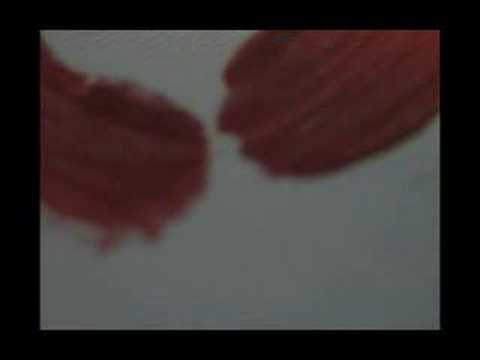To listen to more of Walter Murch’s stories, go to the playlist: https://www.youtube.com/playlist?list=PLVV0r6CmEsFzCodipONmNiROhYCUWyz_U
Walter Scott Murch (b. 1943) is widely recognised as one of the leading authorities in the field of film editing, as well as one of the few film editors equally active in both picture and sound. [Listener: Christopher Sykes]
TRANSCRIPT: The other thing I came to on ‘The Conversation’ was that I don’t like cutting on matching action. And this is the rule, mostly unexamined, mostly in films from America and to a certain extent Western Europe, where a character will be sitting let’s say at a table, and then will stand up. And the matching action solution is, wait until the actor starts to get up and then cut to the next shot which might be a wide shot of the same action. And you choose that frame where he’s sort of in the middle of that action, and you match the action. I don’t… I tend not to like this. I do it, and it’s a very good technique under certain circumstances, notably in fight scenes and action scenes where there’s a lot going on, but I prefer to do something that I have my own analysis as I call it, nodal editing, like nodes.
So the person is sitting at the table, and then I determine at this point, whatever this frame is, it is inevitable that you must get up even though you haven’t even started the action. But the line of dialogue has been said, and the only thing that can now happen is that you stand up. Now I’m going to cut to the other angle and initiate that action in the next shot so that the cut point is the moment where a potential action has reached inevitability. And then the cut happens, and now that action reveals itself completely in the next shot.
When I see matching action stuff, the problem for me is that the motion or whatever it is has been initiated and only partially completed and in the middle of that a cut happens. Which makes the audience have to say unconsciously, ‘Where is this shot now? Oh, it’s a wide shot from a different angle.’ And using that analysis to also see the completion of the action. So it produces in my value a kind of stuttering that has a duh, duh, duh quality to it. Initiation, then dis-completion of that, change of angle which is another thing that you have to take on board, and then completion of action.
I think it was initiated, I mean this is something that we’ve been doing since the 1920s at least. It’s something that people were nervous, especially in the early years of film, about editing in general. Can you really cut from one shot to another? Will people accept that? In the earliest films, ‘Life of an American Fireman’, 1903, they had little miniature dissolves between shots, like four frame dissolves because [they thought] audiences need that. To actually cut from one shot to another would be disorienting, so little zip, zip, dissolves. So I think the idea of cutting on matching action is a kind of vestigial remnant of that nervousness about the cut. I think it actually achieves exactly the opposite effect of what… what’s wanted. But, I don’t know, this is an example of self-analysis that if asked what is your aesthetics, this is what I would come up with strictly in terms of how I determine which frame to cut on.
Web of Stories – Life Stories of Remarkable People
Source




Exceptionnal advice ! Very interesting.
A truly Master! Thanks